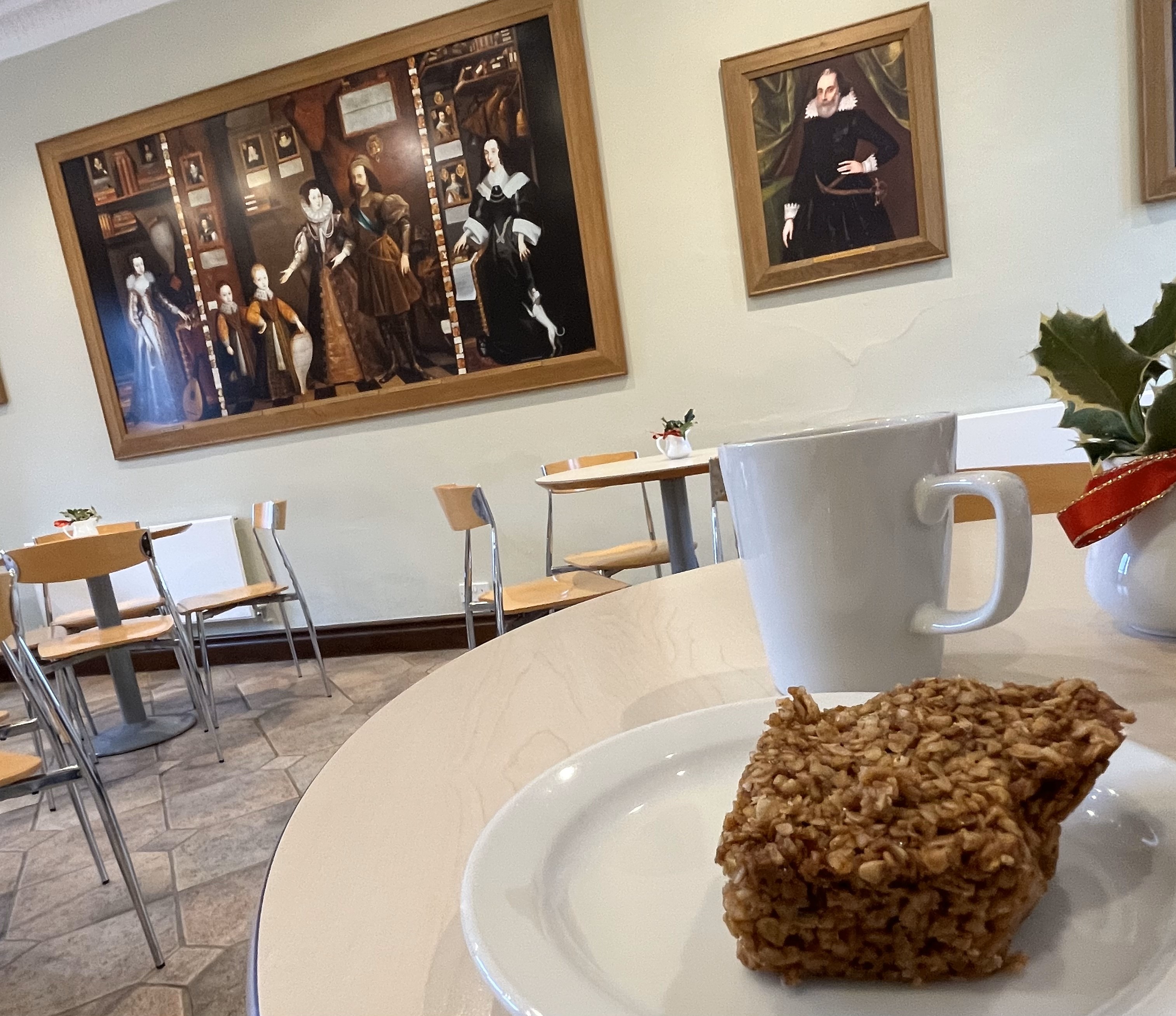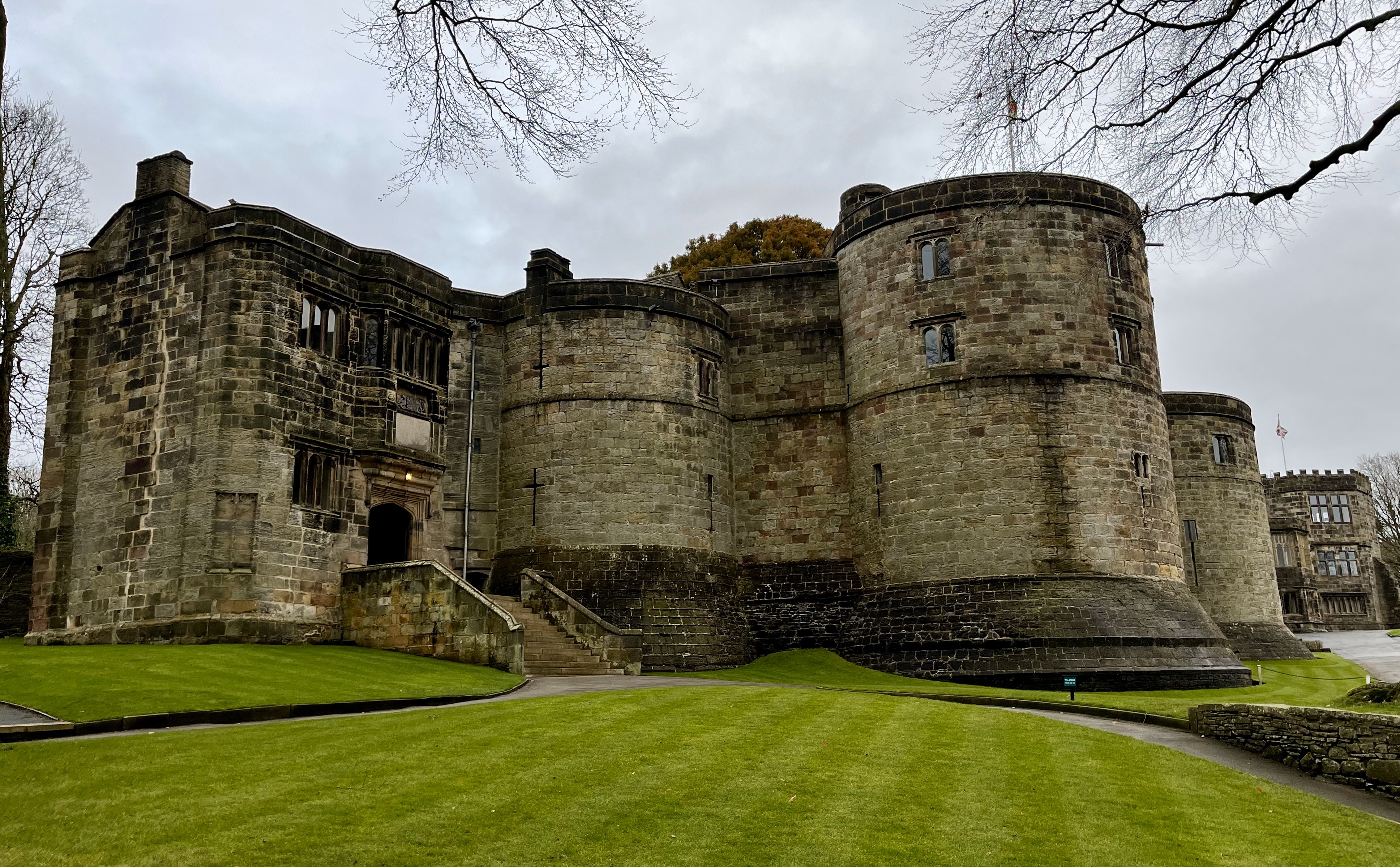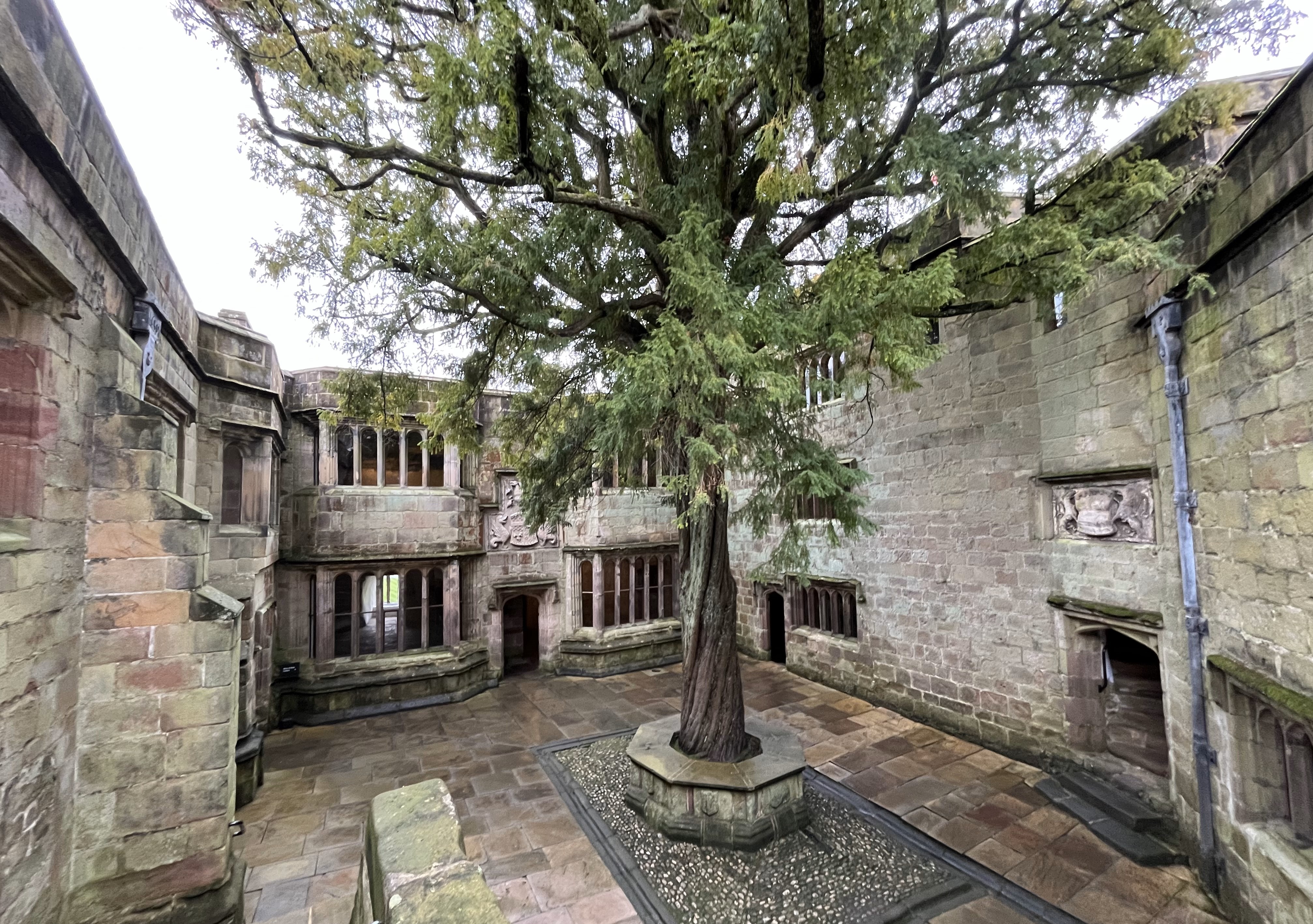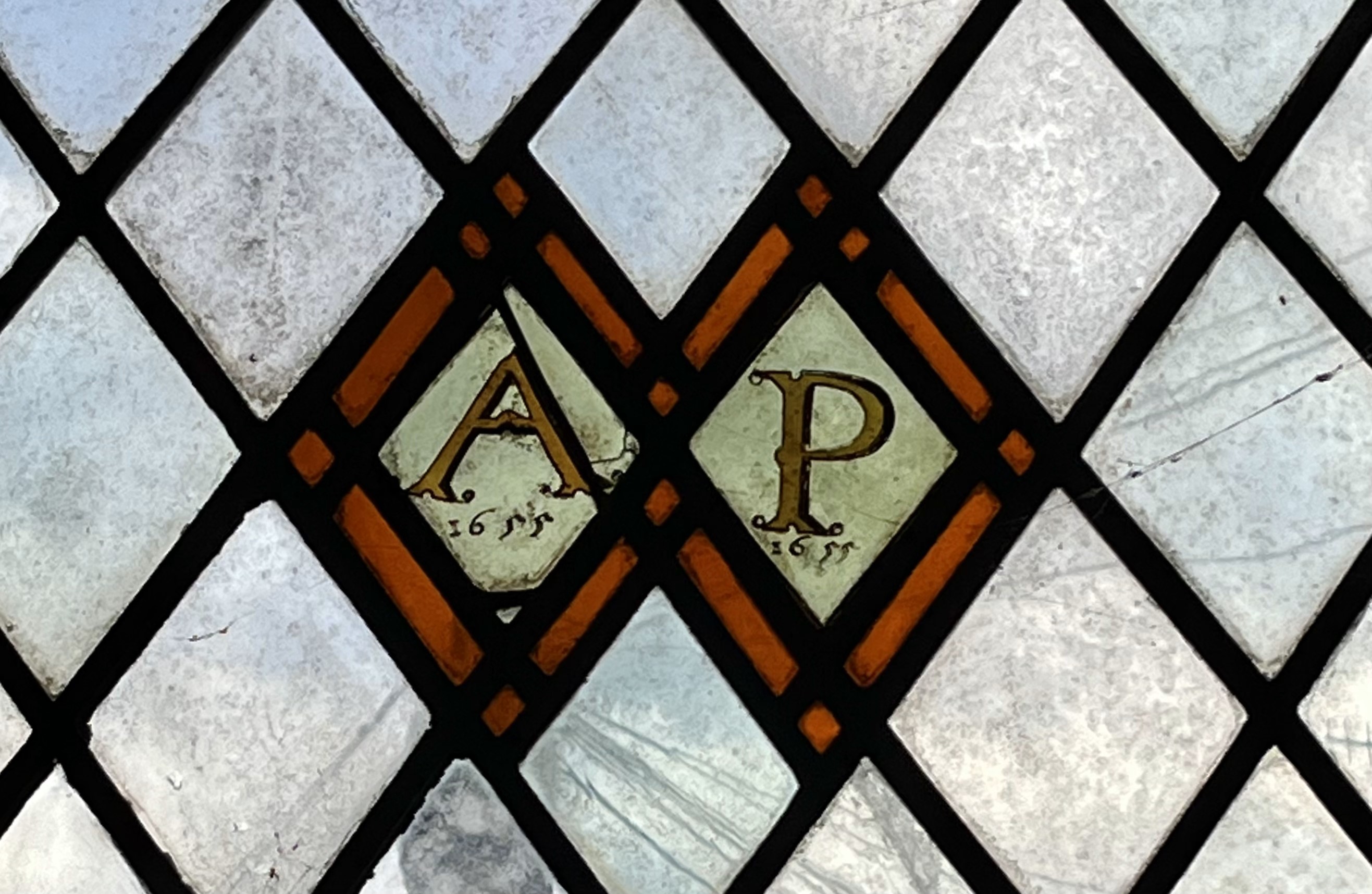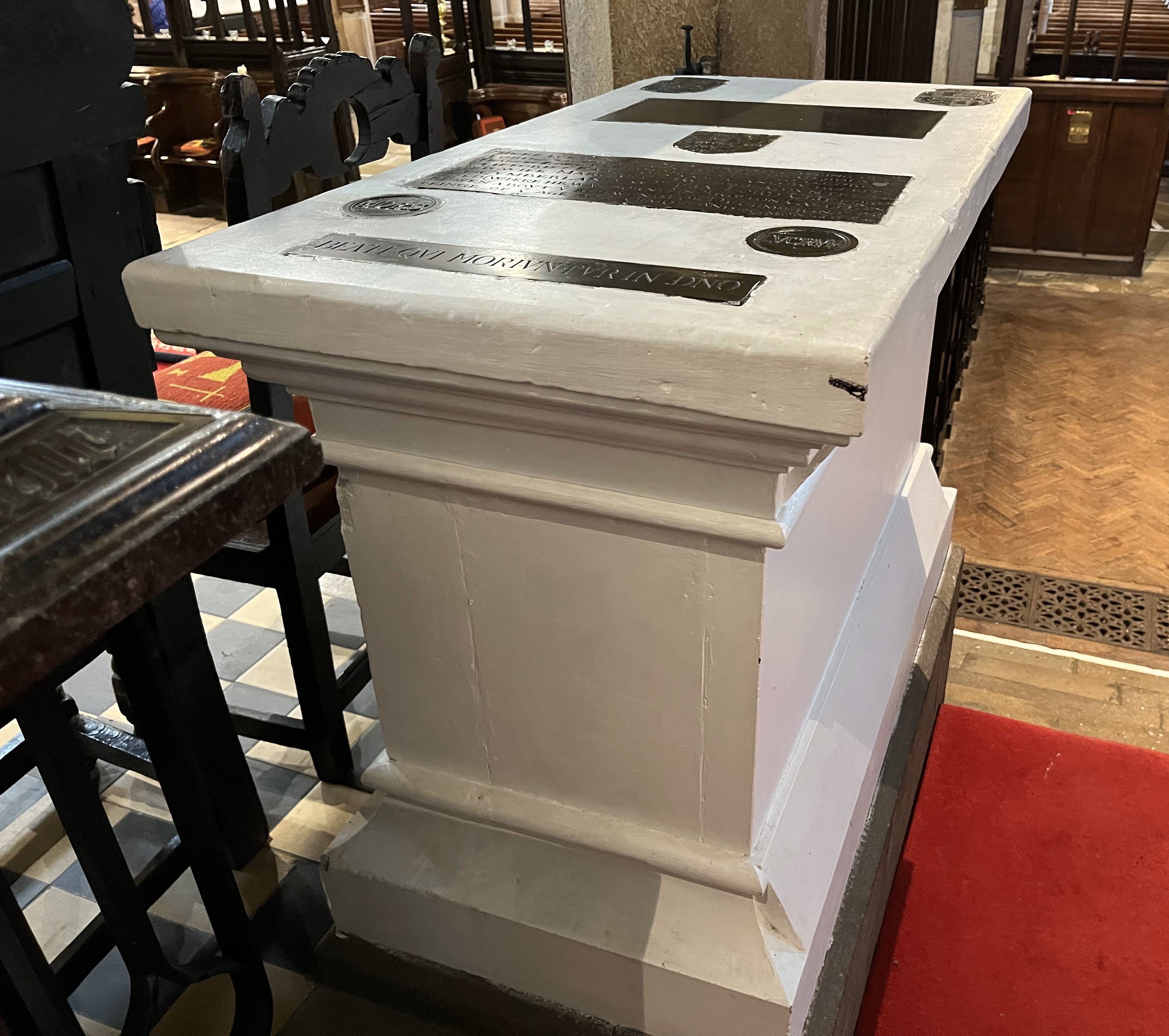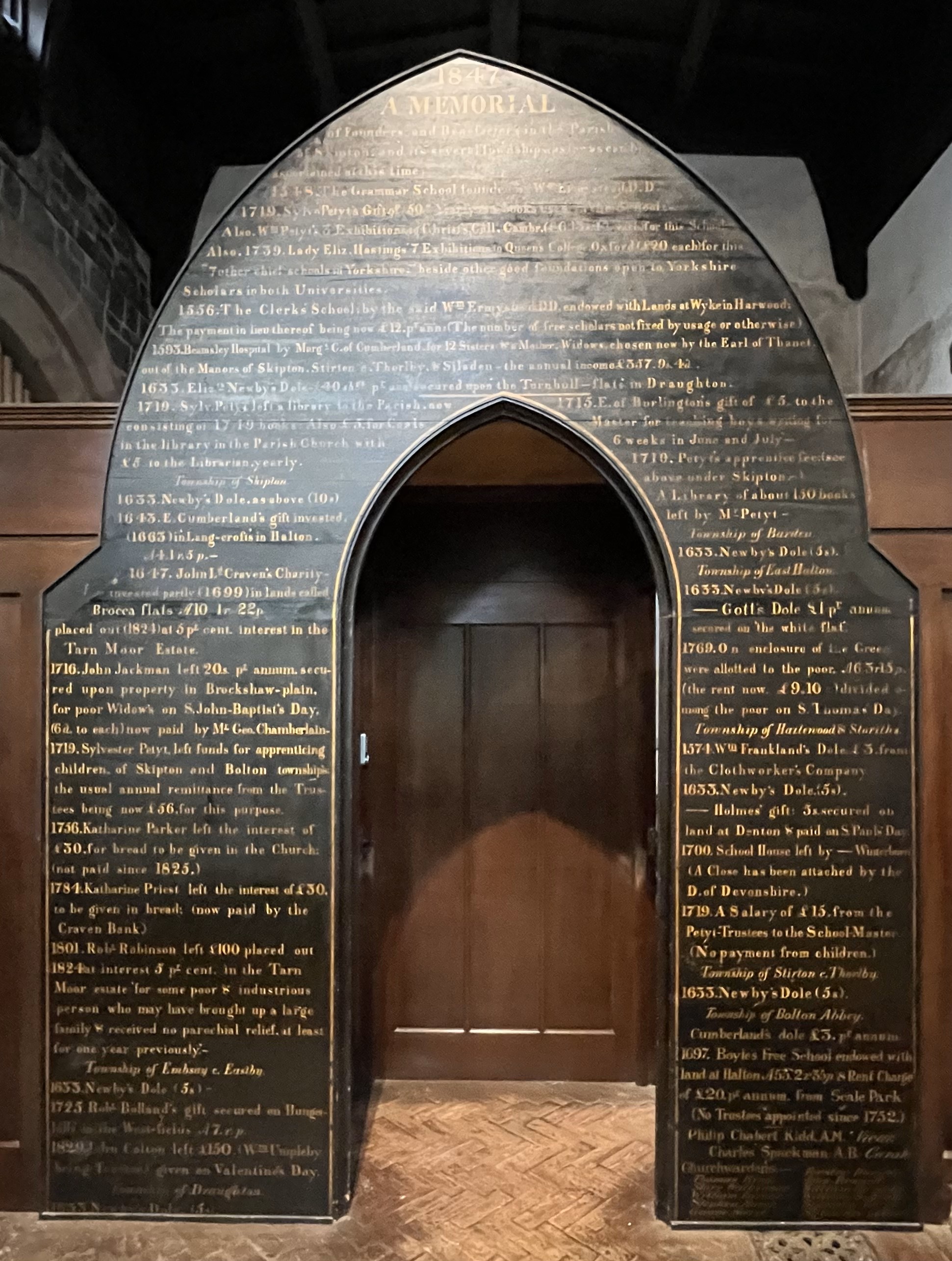This was a great place in York to think about both A223 chapters on work and poverty. It's the Merchant Adventurers' Hall, the oldest bits of which which date back to 1357.
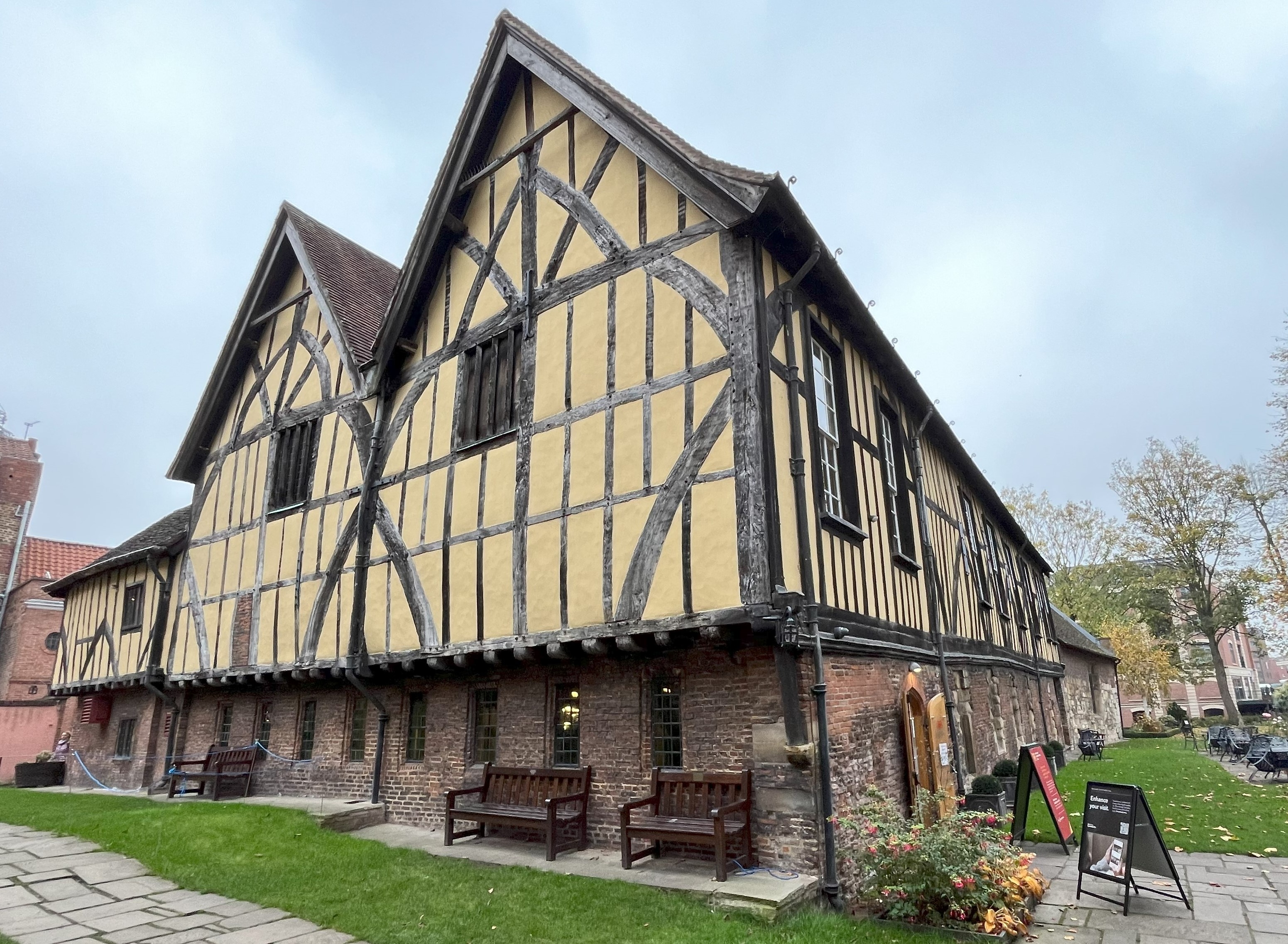
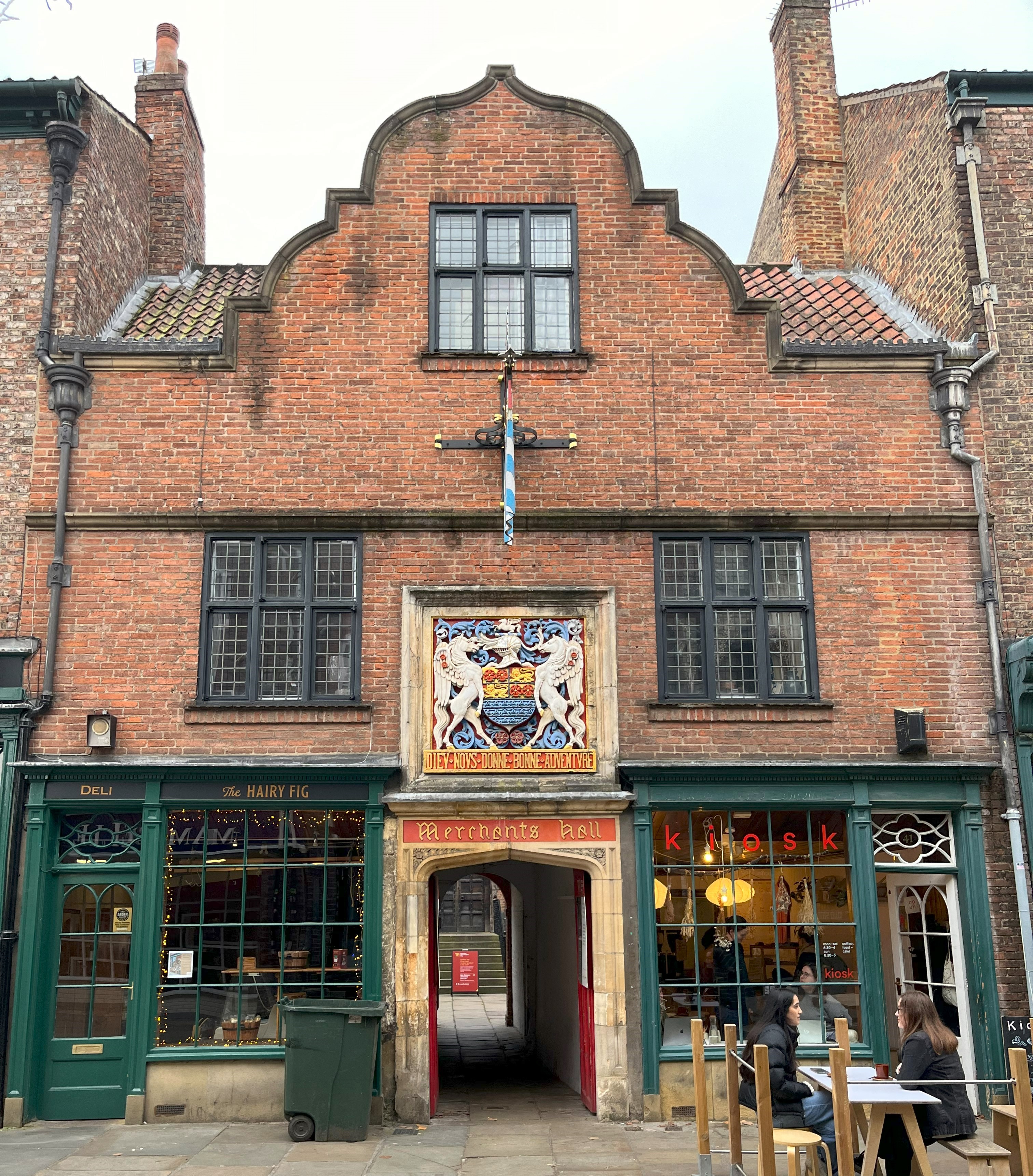
Upstairs is the Great Hall, a place for ceremony and feasting for the City's merchants (often traders across the North Sea).
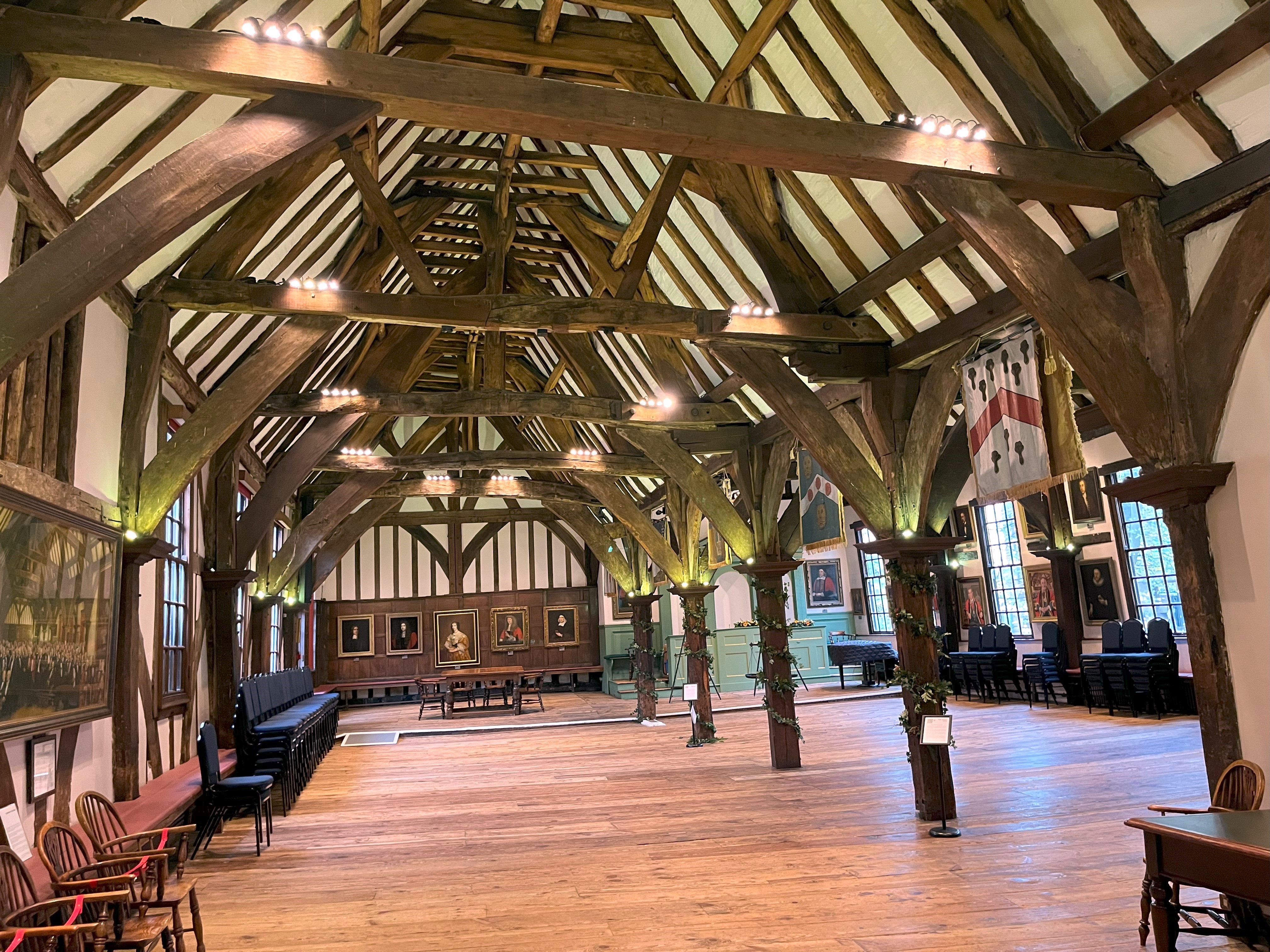
Downstairs has always been more strongly associated with alms and charitable welfare support. It has served as a dwelling place for impoverished local people, initially in the context of a religious fraternity (you can see a chapel at the far end). There are other halls in the city where the poor were put to work at different times, but I'm not sure if that was the case here. It was a prison briefly, but only in the context of the civil war when parliamentary soldiers were kept here whilst the city was under royalist control.
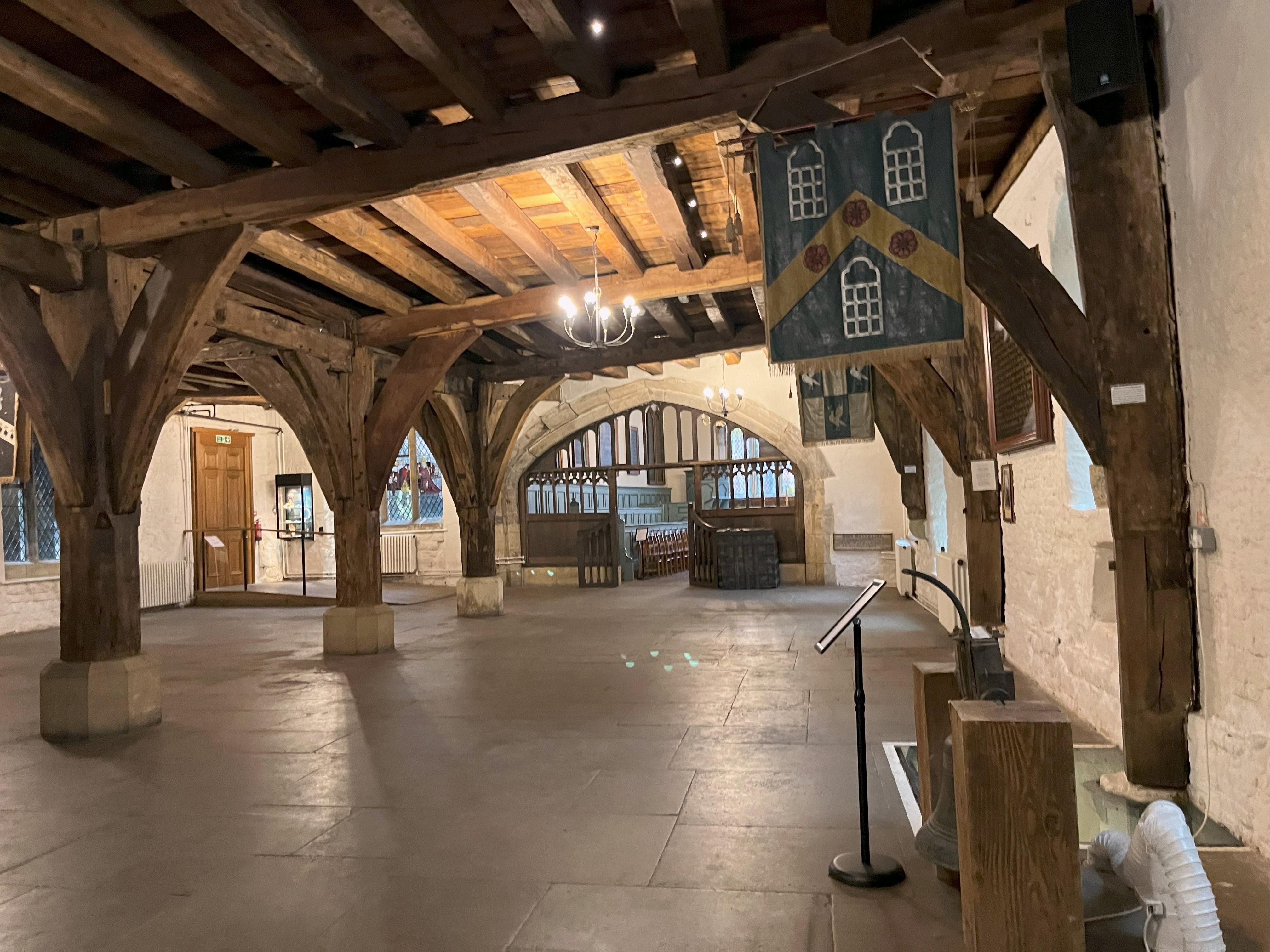
By the end of the early modern period it had become the location of a dispensary for the (deserving!) poor - apparently pensioners were still housed in this area until the start of the 20th century. The wealthy could donate to the charity and this in turn supported 'tickets' distributed through religious groups (including non-conformists - though I think York's Quaker population may have made different arrangements) which could be exchanged for treatment and support.
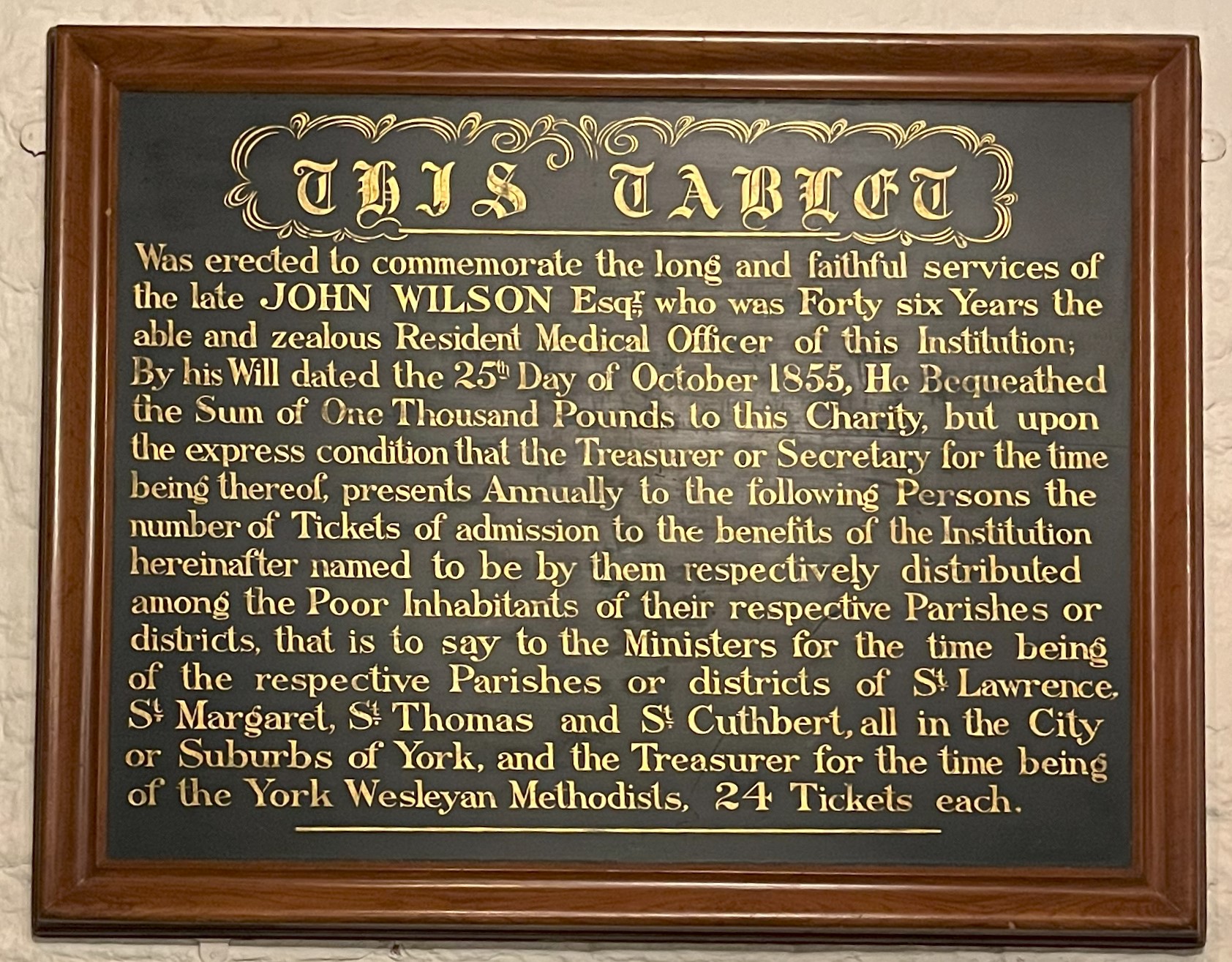
A set of Guild banners are displayed across the hall and it's fun trying to guess the trade from the coat of arms - the teasel in the banner below is probably a bit of a give away that these were the 'Clothworkers', but I learned the devices above are 'habicks' that were some sort of spring to hold cloth under tension.
Of course, like a lot of York, these banners are a bit of a cheat 🙂 actually only dating back to 1909 and a 'Pageant' that included some dressing up to commemorate the city's relationship with King Richard III (although the arms are all the real-deal).
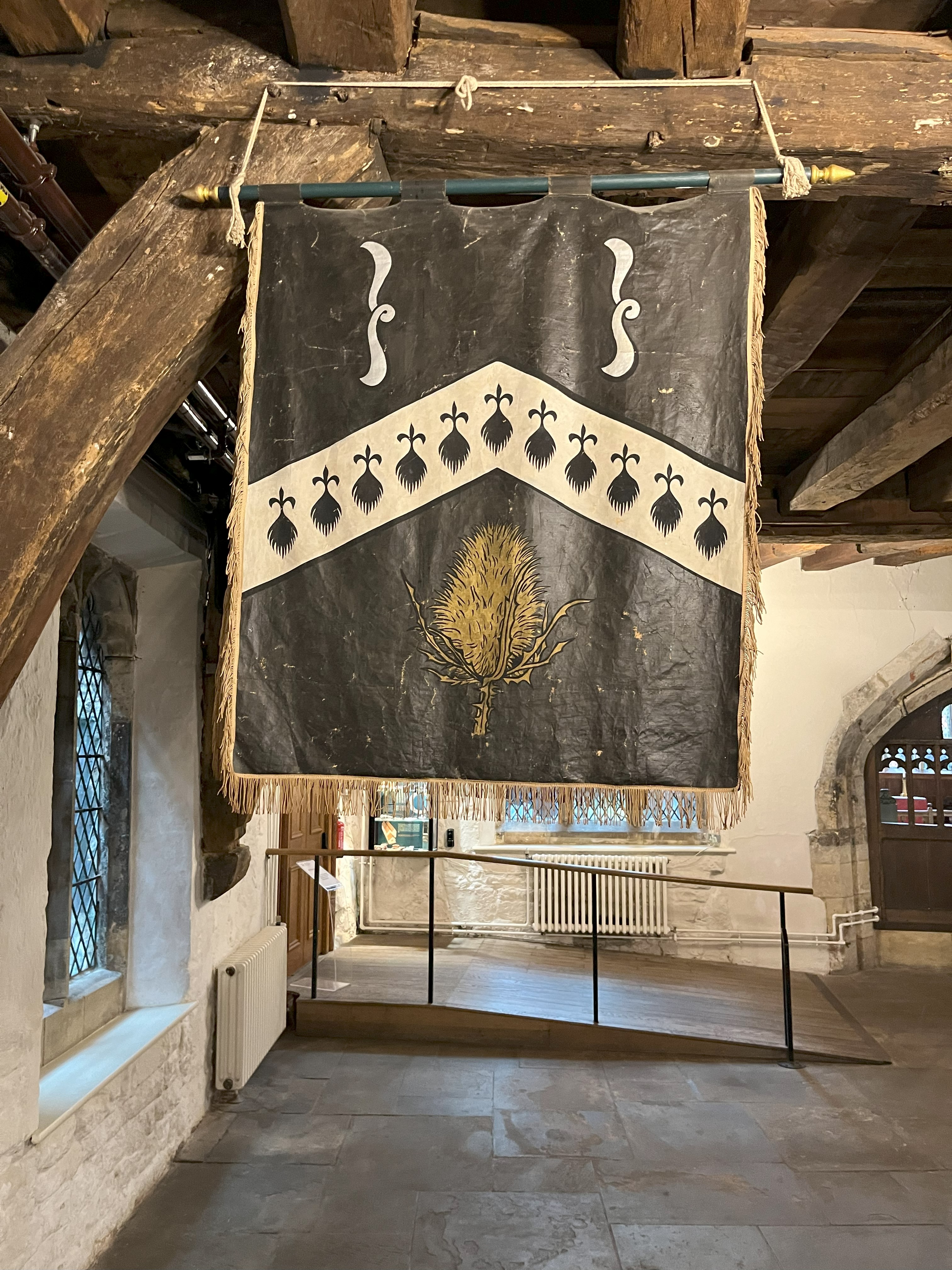
I was interested to discover that the Company of Merchant Adventurers still looks after 13 'deserving older members of York’s community' - under a licence that dates back to Edward III in 1373!
